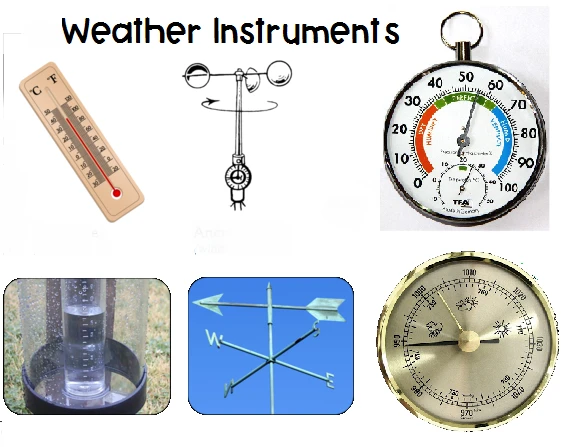
# Weather Instruments: Essential Tools for Accurate Forecasting
Introduction to Weather Instruments
Weather instruments are specialized tools designed to measure various atmospheric conditions. These devices play a crucial role in meteorology, helping scientists and weather enthusiasts collect accurate data for forecasting and climate studies. From simple thermometers to sophisticated radar systems, weather instruments come in many forms, each serving a specific purpose in atmospheric observation.
Common Types of Weather Instruments
Thermometers
The thermometer is perhaps the most recognizable weather instrument. It measures air temperature using various principles, including liquid expansion (mercury or alcohol thermometers) or electronic sensors (digital thermometers). Accurate temperature readings are fundamental for weather prediction and climate monitoring.
Barometers
Barometers measure atmospheric pressure, which is crucial for forecasting weather changes. There are two main types: mercury barometers and aneroid barometers. Changes in atmospheric pressure often indicate approaching weather systems, making this instrument invaluable for short-term forecasts.
Anemometers
Anemometers measure wind speed and sometimes wind direction. The most common type features rotating cups that spin faster as wind speed increases. Other designs use ultrasonic waves or pressure differences to determine wind characteristics. This data is essential for aviation, marine navigation, and severe weather warnings.
Hygrometers
These instruments measure humidity – the amount of water vapor in the air. Hygrometers come in various forms, including hair tension hygrometers, electronic sensors, and psychrometers (which use wet and dry bulb thermometers). Humidity measurements help predict precipitation and assess comfort levels.
Rain Gauges
Rain gauges collect and measure precipitation over a set period. The simplest design is a graduated cylinder that catches rainfall, while more sophisticated versions use tipping buckets or weighing mechanisms to record precipitation automatically.
Advanced Weather Instruments
Weather Radars
Weather radar systems use radio waves to detect precipitation, its intensity, and movement. Modern Doppler radar can also determine wind speed and direction within storms, providing critical information for severe weather warnings.
Weather Satellites
Orbiting satellites provide a global perspective on weather systems. They capture images of cloud patterns, measure atmospheric temperature profiles, and monitor sea surface temperatures, offering invaluable data for long-range forecasting.
Weather Balloons
These instrument-laden balloons carry radiosondes into the upper atmosphere, measuring temperature, humidity, pressure, and wind at various altitudes. The data helps create atmospheric profiles essential for numerical weather prediction models.
The Importance of Weather Instruments
Accurate weather forecasting relies on precise measurements from these instruments. They help predict severe weather events, inform agricultural decisions, guide air and sea transportation, and contribute to climate change research. As technology advances, weather instruments continue to improve in accuracy and reliability, enhancing our ability to understand and predict atmospheric phenomena.
From backyard weather stations to national meteorological services, these tools form the foundation of modern meteorology. Whether you’re a professional meteorologist or a weather enthusiast, understanding how these instruments work can deepen your appreciation for the science of weather forecasting.
Keyword: wether instruments